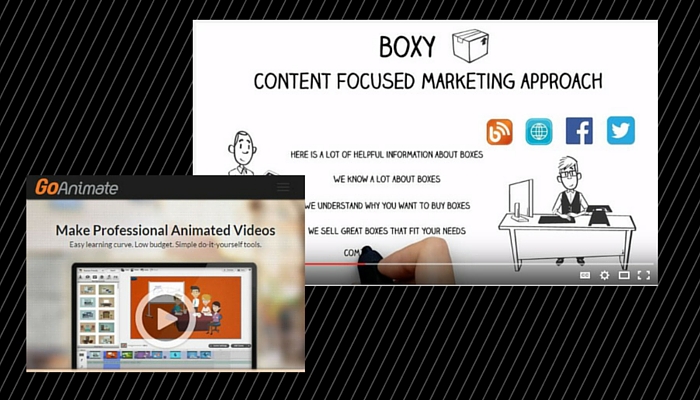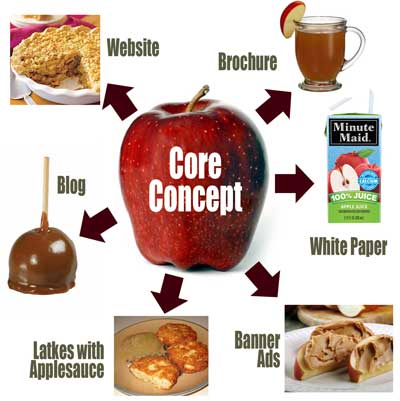Which format communicates an idea better: a 90-minute presentation or a 3-minute video?
I recently attended a presentation in which the speaker took 90 minutes to explain the concept of “content marketing” and how it can draw customers to your business. At the end of the presentation, several people in the audience — many of whom were just beginning to contemplate having a website — were a bit confused.
Actually, the phrase “content marketing” has been around for a long time. The Wikipedia page for “content marketing” was created in 2008.
Content marketing is essentially storytelling with a specific goal.
Content marketing objectives
Typical uses of content marketing include:
- Sell something;
- Engage an audience;
- Provide vital safety and health information;
- Persuade people to take an action; and
- Share your vast knowledge with the public.
I’ve been doing content marketing most of my life, beginning in the mid 1960s when I was an editor of the school paper in sixth grade.
My consulting practice, Jonathan Lehrer Communications, manages blogs (example: Gary H. Smith, Chicago property tax attorney), produces email newsletters (example: Thornton High School Alumni Legacy Fund) and provides the voice for podcasts (example: College of American Pathologists).
Getting more attention on Facebook by using videos
If your content marketing plan includes Facebook (and why wouldn’t it?) you should know that the post will reach more eyes if it includes video. But isn’t quality video expensive to produce?




 Word-of-mouth is successful because it’s a marketing message from the most trusted source: someone you know. (Admittedly, not everyone I know carries the same amount of trust.)
Word-of-mouth is successful because it’s a marketing message from the most trusted source: someone you know. (Admittedly, not everyone I know carries the same amount of trust.) That’s the question I considered today while reviewing some email newsletters on the Constant Contact user feature call, appropriately “
That’s the question I considered today while reviewing some email newsletters on the Constant Contact user feature call, appropriately “